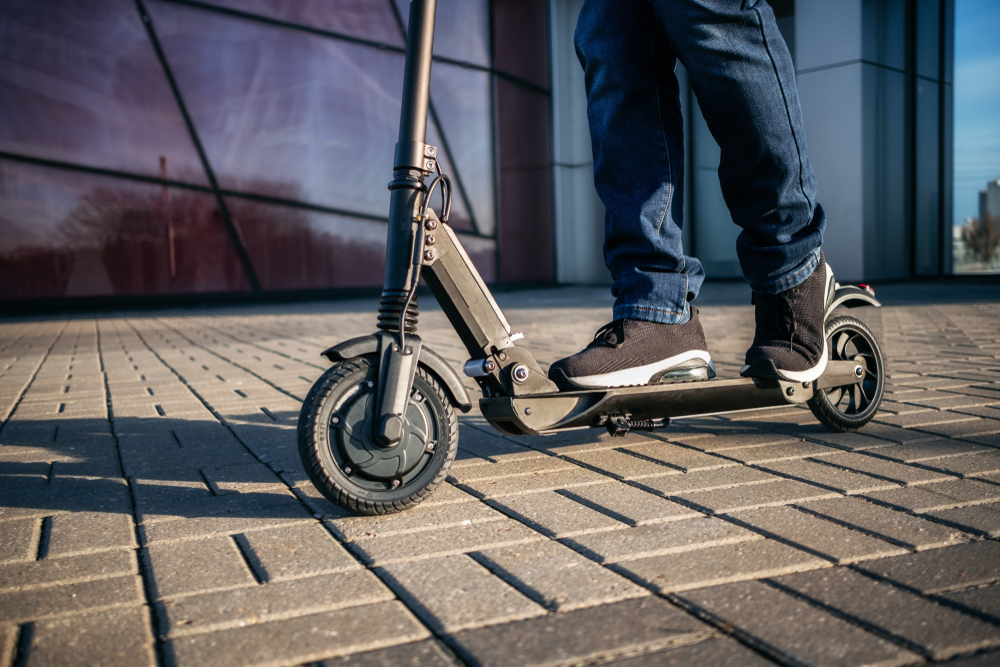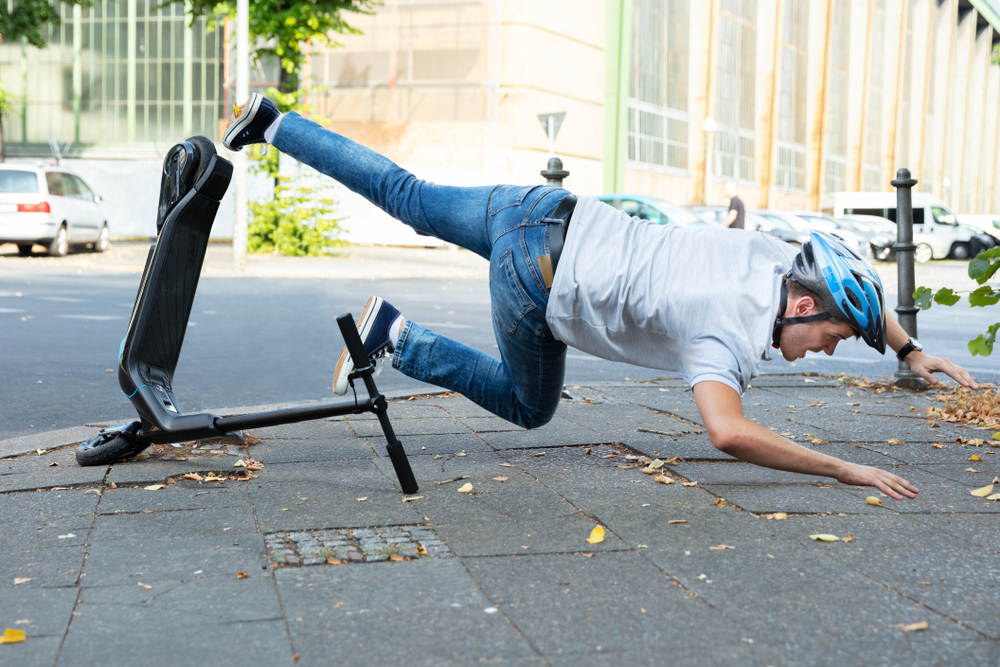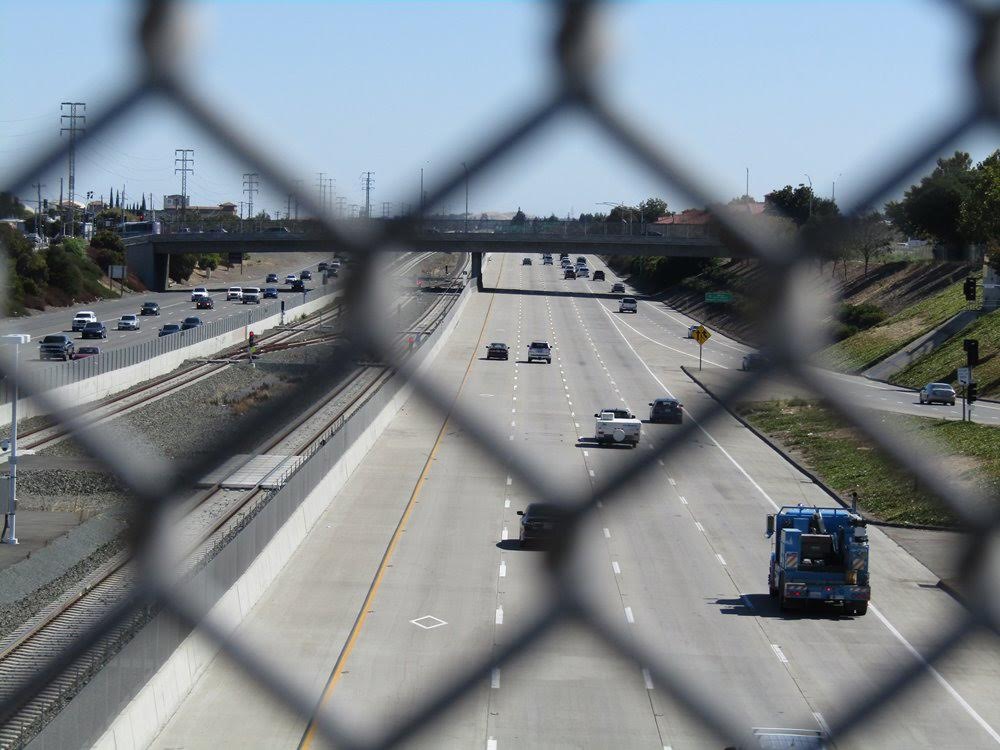The Rise in E-Bike Accidents: What Riders Need to Know

Written by Matthew Weidinger

Electric bikes have become a popular mode of transportation, offering convenience and eco-friendly travel for many riders. As more people choose e-bikes, the number of accidents involving them has also increased. Understanding the reasons behind this rise is crucial to staying safe while riding.
Many e-bike accidents result from factors like higher speeds compared to traditional bikes, unfamiliarity with the e-bike’s controls, and mixed traffic environments. Knowing how these elements affect your riding experience can help you avoid common hazards on the road.
Understanding the Surge in E-Bike Usage
Urban Adoption Trends
In many cities, e-bike sales have increased by over 20% annually, driven by urban dwellers seeking efficient alternatives to cars and public transit. Riders benefit from e-bikes’ ability to navigate congested streets while reducing travel time on commutes.
Cities with investments in bike infrastructure report higher e-bike usage. For example, Amsterdam and Berlin have seen a steady rise in daily e-bike trips, now accounting for nearly 15% of all bike traffic. These trends reflect a shifting preference toward sustainable and flexible travel options.
Commuting and Recreational Benefits
E-bikes allow riders to cover longer distances without excessive effort, making daily commuting manageable for more people. You can maintain higher average speeds than with traditional bikes and avoid sweaty arrivals at work.
Leisure riders value e-bikes for making trails and recreational rides more accessible, regardless of fitness level. You can explore varied terrains and enjoy outdoor activities with less strain, extending ride time and enjoyment. This increased usability contributes directly to the growing number of new e-bike users.
Key Factors Behind Rising E-Bike Accidents
Rider Experience and Training Gaps
Many e-bike riders underestimate the power and speed of their bikes. Without formal training, they may not fully grasp how quickly an e-bike can accelerate or how to control it in tight spaces.
Riders also might not be accustomed to the weight of an e-bike, which affects braking distance and maneuverability. Lack of experience often leads to difficulty in handling sudden stops or obstacles.
Most accidents occur because riders do not anticipate the bike’s response at higher speeds or fail to use proper safety techniques. Investing time in learning e-bike handling and practicing in safe areas can improve your control and reaction times.
E-Bike Infrastructure Challenges
Infrastructure often lags behind the rise in e-bike use. Many bike lanes are designed for slower, lighter bicycles and don’t accommodate e-bikes well. Riders might encounter uneven surfaces, narrow lanes, and poor signage, making navigation risky. These conditions contribute to a higher chance of losing control or colliding with other road users.
Additionally, some urban areas lack dedicated lanes for e-bikes altogether, forcing riders to share space with cars or pedestrians. This increases the likelihood of accidents. Points to watch for:
- Surface quality: Potholes, debris, and cracks
- Lane width: Insufficient space for safe passing
- Visibility: Lack of clear markings or signs indicating e-bike presence
Safety and Maintenance Considerations
You must pay close attention to your e-bike’s condition to reduce accident risks. Regular checks and understanding common mechanical problems help maintain your safety and improve your bike’s performance.
Manufacturing Defects and Maintenance Issues
Manufacturing defects can include faulty brakes, wiring problems, or weak frame joints. If you notice unusual noises, uneven braking, or loose parts, inspect your bike immediately or consult a professional.
Maintenance issues often arise from neglecting tire pressure, battery care, and brake adjustments. Checking tire pressure weekly and ensuring the battery is charged and stored properly can prevent failures. Also, brake pads wear down faster on e-bikes due to higher speeds, so replace them frequently.
Using the correct tools and parts for repairs is critical. Generic components may not fit well, causing more harm than good. Keep a maintenance log to track repairs and part replacements to stay ahead of potential problems.

Legal Guidance for E-Bike Riders
Understanding your legal responsibilities and knowing what steps to take after an accident is crucial. You also need to be aware of how professional legal help can assist you in protecting your rights and managing claims effectively.
Overview of E-Bike Laws and Rider Responsibilities
E-bike laws vary by state but generally classify e-bikes into three classes based on speed and motor assistance. You are typically required to follow the same traffic laws as cyclists, including obeying traffic signals and using bike lanes where available.
Wearing a helmet may be mandatory depending on your location, especially for riders under a certain age. You must also ensure your e-bike is equipped with safety features like lights and reflectors if riding at night.
Being aware of local regulations helps you avoid fines and reduces accident risks. Your responsibility extends to maintaining control of your e-bike and riding in a predictable manner for your safety and others’.
Steps to Take After an E-Bike Accident
Immediately after an accident, check for injuries and call emergency services if needed. Document the scene by taking photos of vehicles, road conditions, and your e-bike. Collect contact information from all involved parties and any witnesses.
File a police report as soon as possible; this provides an official record of the incident. Avoid discussing fault at the scene or admitting liability. Instead, focus on gathering evidence and seeking medical attention even if injuries seem minor.
Keep track of all medical treatments, repair bills, and any lost wages caused by the accident. This documentation is essential if you decide to pursue legal claims or insurance compensation.
How Smith & Weidinger PLLC Can Help
Smith & Weidinger PLLC specializes in representing e-bike accident victims by providing clear advice on filing claims and navigating complex insurance procedures to maximize your recovery.
Our team will guide you through each legal step, from initial consultation to potential court representation. We focus on protecting your rights and negotiating settlements that reflect the full extent of your damages.
If your case goes to trial, Smith & Weidinger PLLC will advocate on your behalf with our experience in personal injury law related to e-bike incidents. Engaging our skilled counsel ensures you understand your options and are supported throughout the process.
Note: The information provided in this blog post has been compiled from publicly available and secondary sources. While we strive for accuracy, some details may become outdated or contain inadvertent errors. If you believe any information is incorrect or requires updating, please contact Smith & Weidinger so that we may review and make the appropriate corrections.
Disclaimer: This blog post is for informational purposes only and is not intended as a solicitation for business. The photo used is not from the scene of the incident described. Viewing this content does not create an attorney-client relationship with Smith & Weidinger. If you have been injured in an accident, please seek immediate medical attention and then consult with a qualified attorney to discuss your legal rights and options.









